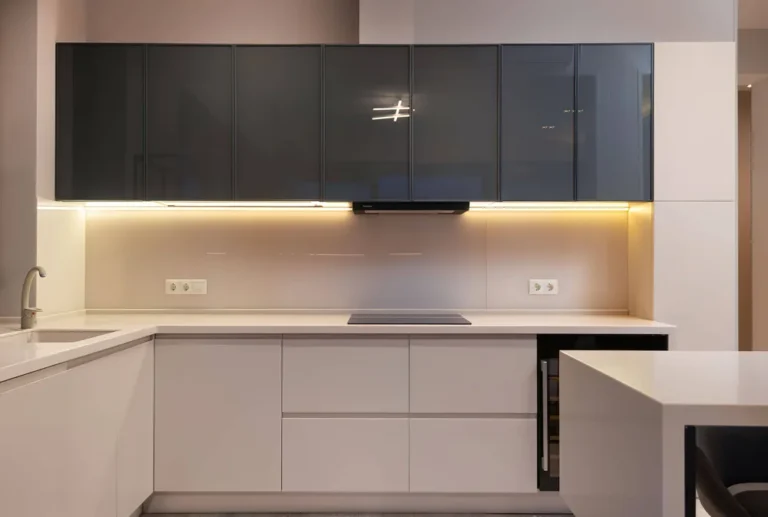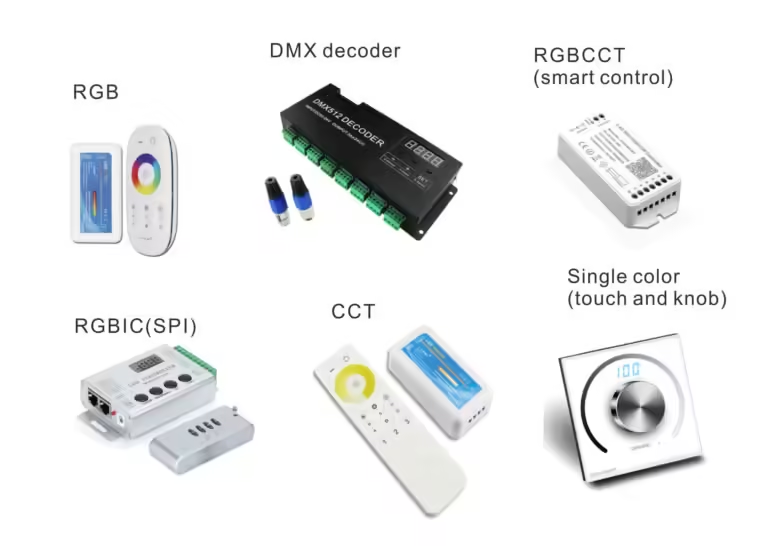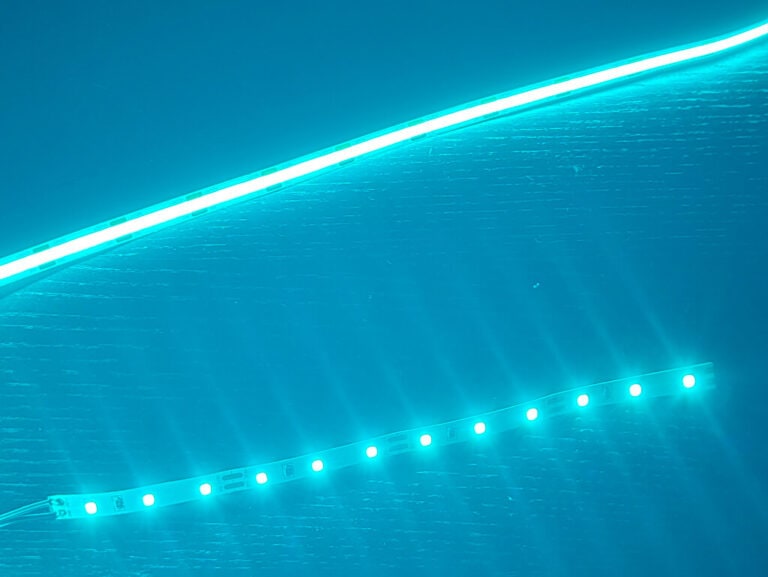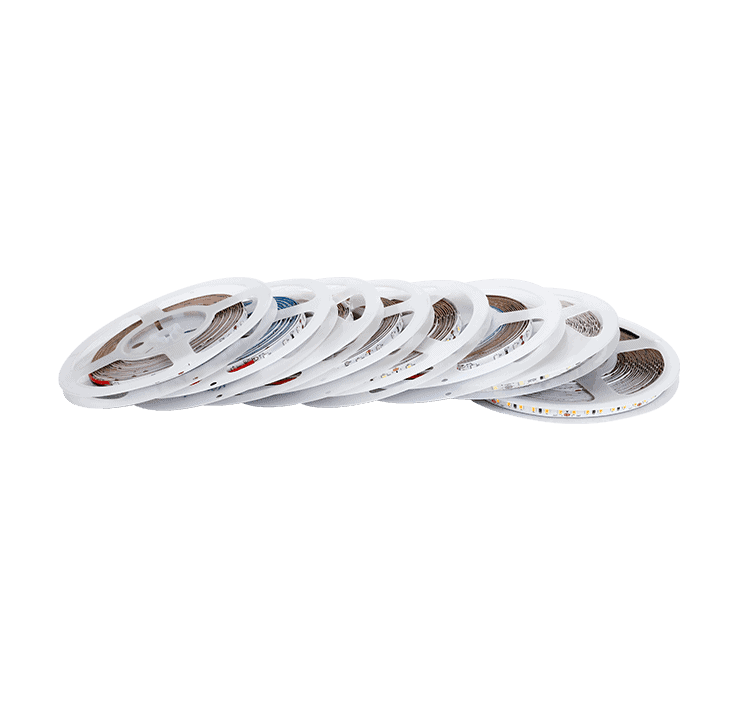LED strip lights are gaining immense popularity for residential lighting solutions. You may have encountered various discussions highlighting the advantages of LED technology over traditional incandescent and halogen bulbs. These advantages include greater energy efficiency, enhanced brightness, extended lifespan, minimal heat production, and the ability to be easily controlled and programmed, among others. The compact and durable design of LEDs has also paved the way for creative and innovative lighting concepts.
Ⅰ.Why use LED strip lighting?
1. LED light strips can achieve a variety of color changes, including single color, RGB full color, etc. The brightness and color can be easily adjusted through the controller to create a unique atmosphere and visual effect for indoor or outdoor spaces.
2. LED light strips are usually made of flexible materials and can be bent and cut to adapt to various complex installation environments, such as curved walls, ceiling grooves, etc. This flexibility makes LED light strips have broad application prospects in the field of decorative lighting.
3. Modern LED light strips usually support intelligent control, and can achieve remote control and scene setting through mobile APP, remote control or smart home system. This convenient control method provides users with more convenience and personalized choices
Ⅱ.The different types of LED strip
Single-Colour LED Light Strips
Single-colour LED light strips offer a simple yet versatile lighting solution that emits a stable, consistent colour. Available in standard hues such as white, red, green, or blue, each colour serves a unique purpose. White light provides clear illumination perfect for task-oriented spaces like kitchens, schools and offices. Red light generates a warm glow, ideal for relaxed or intimate atmospheres.
In contrast, green and blue lights are often used in calming environments, such as bedrooms and living rooms. These LED light strips are prized for their unchanging hue, perfect for accent or task lighting needs. Despite their simplicity, they provide efficient lighting for diverse needs and are adaptable to a wide range of applications. Their robust and compact design allows for their use in various settings, including residential, commercial, and gardens.
More Information on Single Colour LED Strips!

RGB LED Light Strips
RGB LED light strips offer an innovative solution in the world of lighting, allowing users to mix red, green, and blue primary colours to achieve a wide array of hues. Controlled by a remote or digital controller, these strips enable the manipulation of colour intensities, allowing the creation of personalized shades for different settings.
Beyond mere illumination, these LED strips enhance moods and atmospheres, providing flexibility in lighting effects that cater to specific themes, events, or feelings. From calm blues for relaxation to vibrant purples for parties, the customization options are vast.
RGB LED light strips’ adaptability makes them versatile for various environments like homes, offices, or outdoor spaces. They amplify aesthetic appeal by offering a blend of functionality and artistic expression, revolutionizing the way we perceive and utilize light. Their technological and design blend makes lighting a dynamic, personalized experience.
More Information on RGB LED Strip Lights!

RGBW LED Light Strips
RGBW LED light strips are an evolution in lighting technology, enhancing the capabilities of RGB strips by integrating an additional white LED chip. This innovation allows for greater colour accuracy and the creation of more nuanced shades, broadening the available colour palette.
The white LED chip enables RGBW strips to produce pure, authentic white light, unlike RGB strips which attempt to simulate white light by combining primary colours. This clear, bright light is perfect for task lighting and spaces requiring optimal illumination. Offering a combination of vibrant, adaptable lighting with the clarity of pure white light, RGBW strips are highly versatile.
They are suitable for a range of settings, from residential to commercial and outdoor environments. The added capacity for colour versatility expands creative possibilities, making RGBW LED light strips a dynamic, functional, and aesthetically appealing lighting solution for those seeking personalised lighting environments.
More Information on RGBW LED Strip Lights!
Tunable White LED Light Strips
Tunable white LED light strips represent a major advancement in LED lighting, featuring the ability to modify the colour temperature from warm to cool white. This unique feature enables users to recreate various moods and atmospheres, such as the cosy ambience of a warm sunset or the vibrant brightness of a sunny day.
The warm tones offer a relaxed setting, while the cooler end of the spectrum provides a lively, energetic brightness conducive to productivity. Beyond creating ambience, tunable white strips have practical applications in task lighting. Their adjustable nature ensures optimal illumination for various tasks or times of the day.
Essentially, tunable white LED light strips transform our perception of lighting, morphing it into a versatile tool that adjusts to individual needs and preferences. They enhance not only the physical spaces we occupy but also our experiences within these spaces, offering personalized control over light quality and mood.
More Information on Tunable White LED Light Strips!
COB LED Light Strips
COB (Chip on Board) LED light strips are an innovative evolution in LED technology, offering superior lighting uniformity and high light output due to the densely packed LED chips on the same board. This unique configuration results in smoother, more consistent lighting, reducing shadows and providing an aesthetically pleasing effect.
The small and flexible form factor of COB LED strips allows them to adapt to a wide range of applications, from under-cabinet lighting to TV backlighting. Their design enhances heat dissipation, ensuring the longevity and efficiency of the lighting system.
Notably, COB strips outshine traditional LED strips in terms of light output, thanks to the increased density of LED chips. This high light intensity makes them suitable for applications requiring powerful illumination, such as photography lighting, commercial displays, or high-end task lighting. Thus, COB LED light strips represent a compact, flexible, and high-performance lighting solution.
More Information on COB LED Light Strips!
Waterproof LED Light Strips
Waterproof LED light strips, designed to endure damp and water-exposed environments, are encased in a protective nano tech waterproof coating for added durability and water resistance. Their design extends their usage beyond dry, indoor locations to wet or moist areas with an IP rating of IP68. These strips are perfect for providing ambient lighting in bathrooms with high humidity, or outdoor spaces like gardens, patios, or decks, enhancing aesthetic appeal after dusk.
They are also useful for recreational settings, such as lighting up swimming pools or water features, creating enchanting atmospheres. Their robustness even extends to commercial or industrial uses, like illuminating signage or providing exterior lighting for buildings. Waterproof LED light strips, therefore, represent a versatile lighting solution that combines aesthetics, practicality, and resilience, offering a wide array of possibilities for indoor and outdoor lighting applications, regardless of moisture levels or weather conditions.
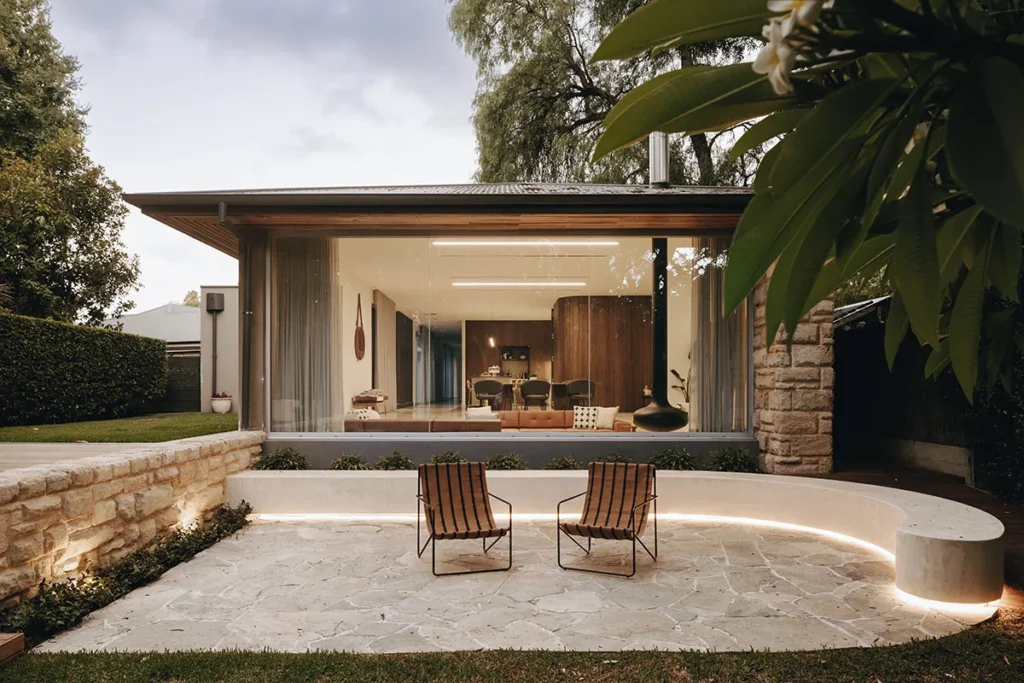
Flexible vs. Rigid LED Light Strips
Flexible and rigid LED light strips offer different advantages to meet various lighting needs. Flexible LED strips can bend and curve to fit complex or irregular surfaces, ideal for tracing patterns, highlighting contours, or creating dynamic lighting effects on curved walls, columns, or intricate architectural elements. Their flexibility enables custom lighting designs, broadening creative possibilities.
Conversely, rigid LED strips maintain a fixed shape, providing a uniform, straight line of light. They are optimal for scenarios requiring consistency and precision, such as under-cabinet lighting, linear architectural detailing, or display case illumination.
The choice between flexible and rigid LED strips depends on the project’s specific requirements, including the surface shape, desired lighting effect, and overall design intention. By recognizing the unique benefits of each type, users can employ these lighting solutions to boost both functionality and aesthetics in their spaces.
Addressable LED Light Strips
Addressable LED light strips revolutionise customisable lighting by allowing each LED on the strip to be controlled individually. This feature facilitates the creation of complex patterns, gradients, and effects, transforming the LED strip into a dynamic canvas of light.
The design flexibility of these strips extends from creating ambient mood lighting with slow colour transitions to crafting vibrant, music-synchronised light displays. These strips can also interact with external inputs like music or ambient sound, enabling immersive and responsive lighting environments.
Furthermore, they serve practical purposes, such as conveying visual cues for notifications in smart homes. In summary, addressable LED light strips transcend the traditional function of illumination, turning lighting into an adaptable design element that reacts to its surroundings. They create an engaging, dynamic lighting experience that redefines the possibilities of what lighting can achieve.
More Information on LED Light Strips!
AC Plug & Play LED Strip Lights
Perhaps you want to just plug something in and go, if that is the case the AC Plug & Play LED Strip Lights are just for you.
They can run in continuous lengths up to 50meters!! This makes it so you can run longer lengths without any issue. The strips cannot be cut in the small intervals that the DC Flex strips can but they can still cut every half-meter. If you have a gap in your application you can easily choose a strip-to-strip jumper to fit the gap and keep your light going seamlessly.
The mounting isn’t quite as easy as the DC flex strips as they do not come with adhesive backing. Luckily they come with mounting clips (2 per meter) to mount to the surface. For those not wanting to deal with clips or want the LED strip in a very tight, straight application the 1-meter mounting tracks would be a good choice to set the LED strips up.
If you are running longer lengths (20m and up) it will be a good idea to consider AC LED strips. These strips run much better over distance and there won’t be the need to purchase multiple power supplies and dimmers as they can run straight from 110-120AC line voltage.
Ⅲ.Understanding the technical features of LED strips
Light color
This characteristic applies specifically to white LED strip. White LED strip is specified according to its color-temperature, which is measured in Kelvin. A high Kelvin value gives a bluish-white light known as “cool white” whereas a low Kelvin value gives a yellowish-white light known as “warm-white”.
Color Rendering Index (CRI)
This parameter of an LED strip is a measurement of how completely it delivers the full light spectrum. A low-CRI strip (70 or less) will be missing some areas of the white light spectrum which means that objects will not appear the same color as under natural lighting. It follows that high-CRI (80 or higher) LED strip is preferred for a stable color appearance between natural lighting and artificial lighting. We have another blog post which discusses in detail about CRI ratings.
Density
The density of an LED strip refers to how closely together the individual LED chips are mounted on the strip. This specification is measured in LEDs / meter. Higher numbers of LEDs per meter offer either increased light output or smoother lighting (dot-free) behind a diffuser, or a combination of both advantages.
Voltage
Single-color and RGB LED strips are commonly available in 12V or 24V DC options. On the other hand, pixel LED strips are usually rated at 5V DC,the few constant current led strip is 36V or 48V. You will need to take the voltage into account when selecting an appropriate power supply or controller.
Power
The power rating of an LED strip is an electrical specification measured in Watts per meter (W/m). This depends on the type of individual LED chips it uses, combined with the density at which those chips are installed. This specification is necessary for you to determine what rating power supply is required for the installed length of strip.
Light output
The light output, or brightness, of an LED strip is measured in lumens per meter (lm/m). This factor is important when determining the total length of LED strip required to achieve a desired light level in the space being lit. Alternatively, a strip with a low light output may be deliberately chosen for accent lighting which is specifically not intended to provide primary room lighting. The light output of a strip is affected by:power rating, efficiency and led density etc.
PCB type
LED strip consists of a PCB (printed circuit board) backing onto which the individual LEDs are mounted. Most LED strips consist of a flexible “tape” PCB which is fixed into place with double-sided adhesive tape. There is a special type “bendable” LED strip which has regular folds in the PCB, allowing it to be bent in two planes for curved lighting. Lastly, LED strip is also available on a rigid PCB for self-supporting installations. Rigid PCB strip is only available in short lengths compared to LED tape.
Installation of LED Strip
Most led strips come with adhesive backing that can be directly attached to smooth surfaces. Some other waterproof led strips have thick and heavy light bodies, and need to be fixed with spring clips. In addition, the led strip can also be installed in the aluminum slot, which can prevent dust and hide the glaring lighting without irritating the eyes.
Waterproof Strips
Standard LED strip typically consists of flexible printed circuit board with surface-mounted LED chips on it. This type of strip is not water-resistant and should only be used indoors in dry environments. But most LED strip series are also available in an IP68 rated waterproof version. These strips are encapsulated in a silicone layer to seal them from moisture and are suitable for use in outdoor and in wet area lighting.
In short, there are too many types of led strips to choose from, with different functions and applicable scenarios and different prices. If you need to select the most suitable led products based on a specific project, please feel free to contact our professional sales consultants.
